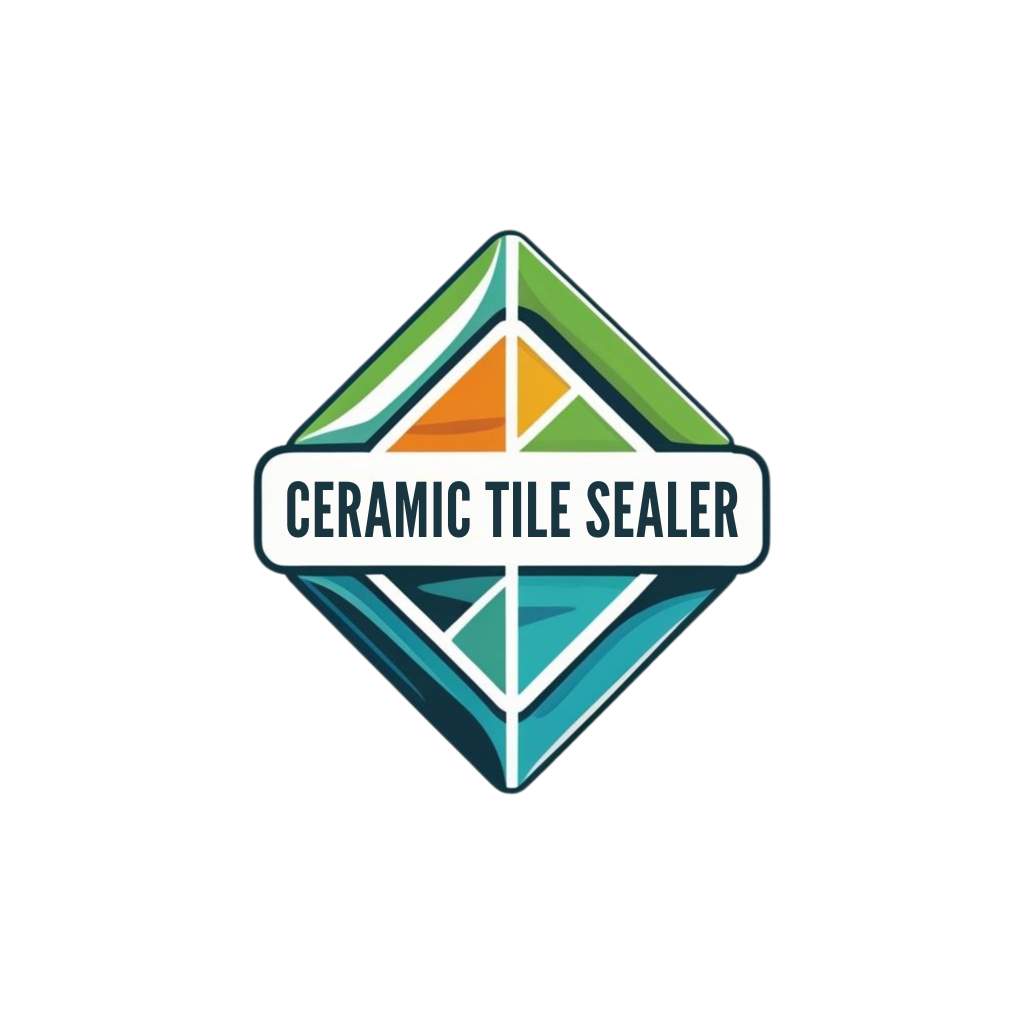Introduction
Tiling is a transformative process that can breathe new life into any space, whether it’s a kitchen backsplash, bathroom floor, or outdoor patio. However, behind every beautiful tile installation lies a crucial decision: the choice of grout brand. Read more
